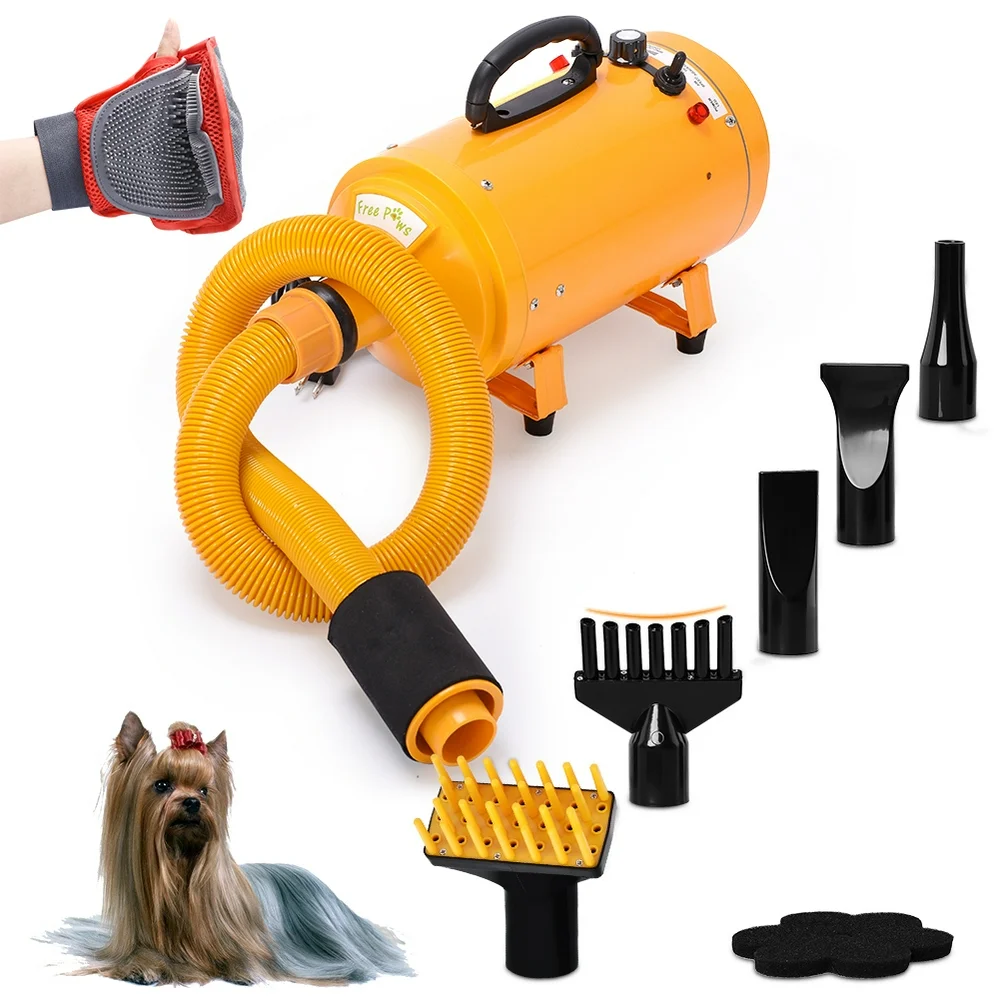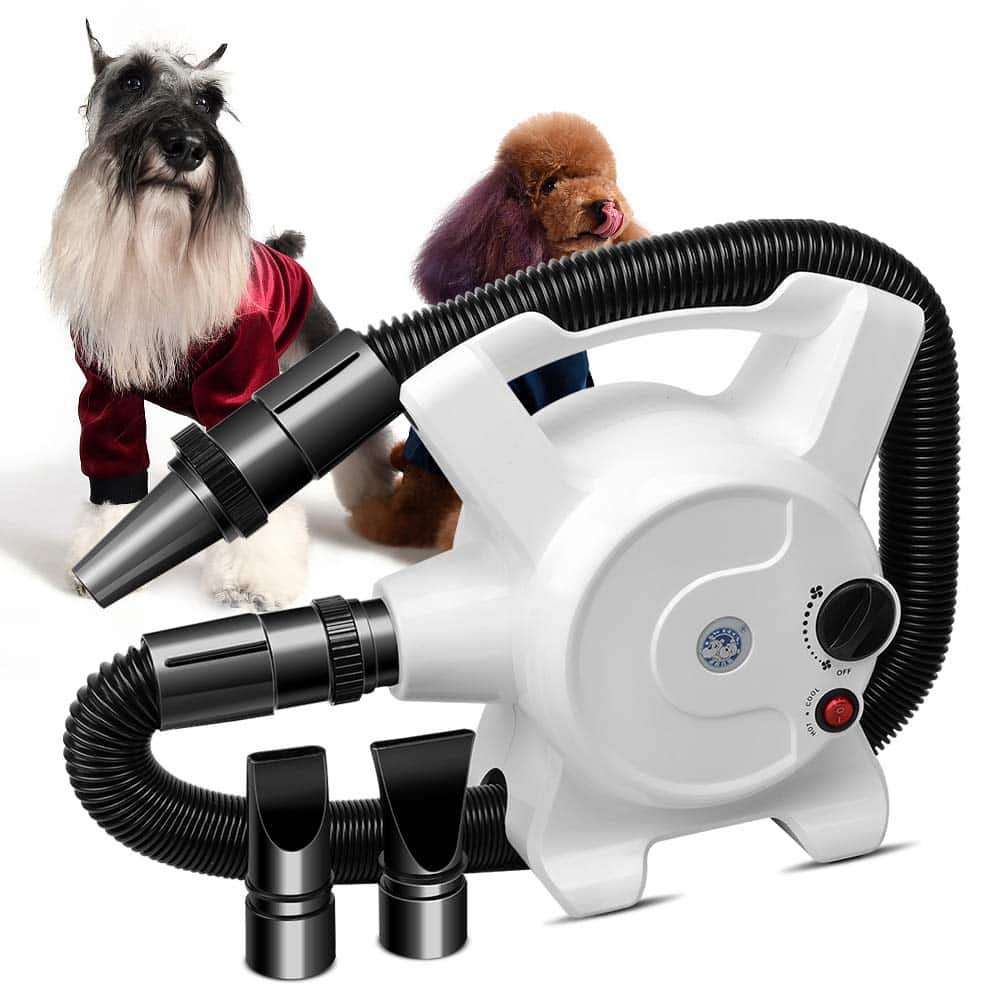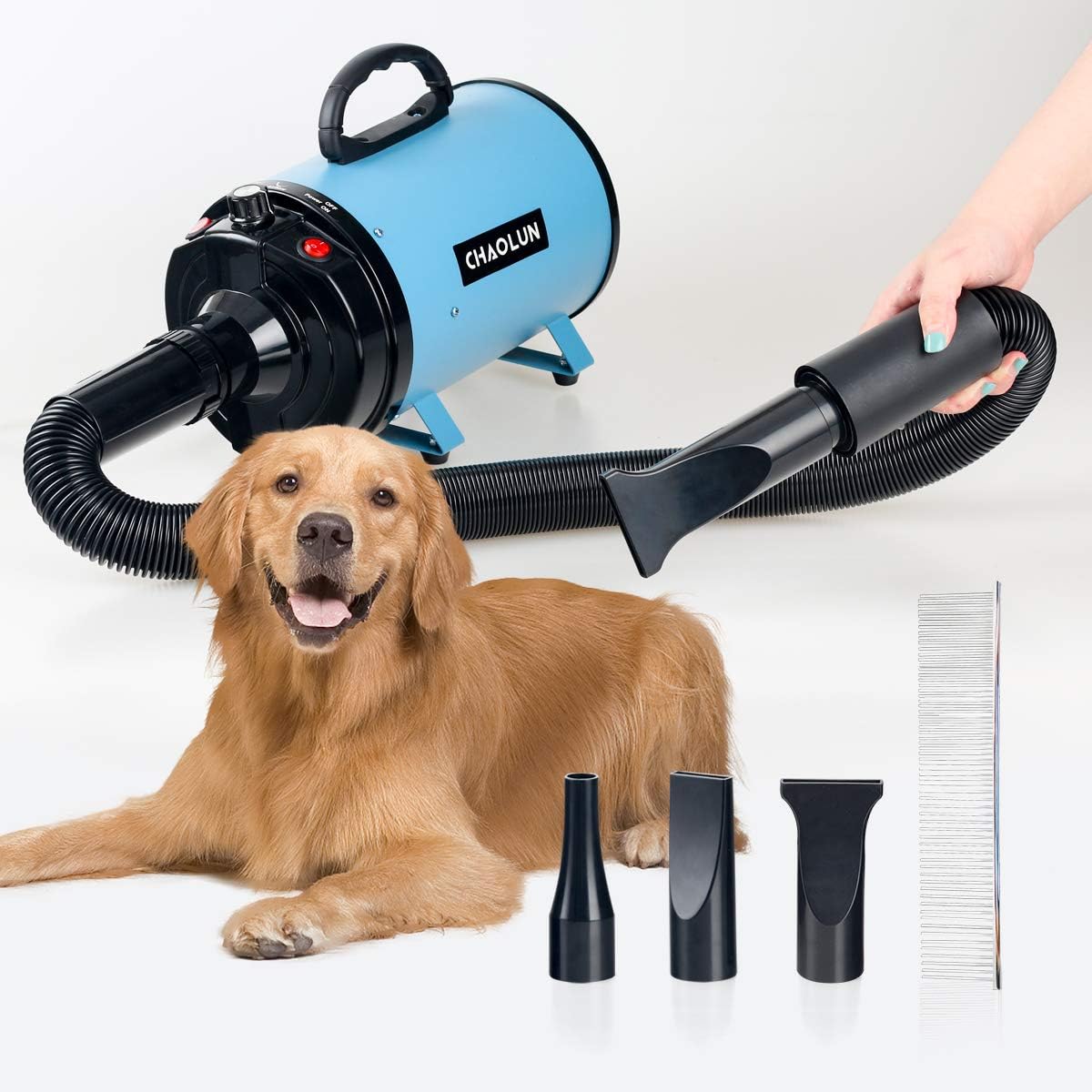When it comes to grooming your furry friend, a plethora of questions arise. One frequently asked question is: Can you use a hair dryer on a dog? Although many pet owners wonder about this practice, there exists a divide in opinion amongst groomers and dog owners. Some advocate for the convenience of a speedier drying process, especially during colder months or after a bath, while others caution against the potential risks involved. In this article, we will explore the various dimensions of drying a dog with a hair dryer, including the benefits, risks, best practices, and alternatives.
The Importance of Proper Drying
Understanding why drying your dog after a bath is essential may prompt you to consider using a hair dryer. Dogs, like humans, can suffer from the discomfort of being wet for long periods. More importantly, moisture trapped in their fur can lead to a host of problems, including:
Skin Infections
Prolonged dampness can create a breeding ground for bacteria and fungi. If moisture persists in the coat, particularly in areas where the skin folds, your dog may develop skin infections that could lead to discomfort, scratching, and even more severe health issues.
Hypothermia
Certain breeds, especially those with short coats or little body fat, can become cold very quickly. If temperatures are low, a wet dog can quickly chill, which could be dangerous and life-threatening. Using a hair dryer to hasten the drying process may help avoid this problem.
Matting and Tangles
Long-haired breeds are particularly prone to matting and tangling if wet fur is not dried quickly. By using a hair dryer, you can remove excess moisture, allowing for easier grooming later.
Benefits of Using a Hair Dryer
While some pet owners may be apprehensive about using a hair dryer on their dogs due to fears of burns or sound sensitivity, there are undeniable benefits to drying your pet quickly and effectively.
Time Efficiency
For busy pet owners, the time saved by using a hair dryer is crucial. A dog that may take hours to air dry can be ready in a fraction of the time using the right equipment.
Comfort
A quick drying process can leave your dog much more comfortable, especially in colder temperatures or after a bath in the winter months.
More Controlled Environment
Air drying can lead to uneven drying, which may result in a damp dog for several hours. A hair dryer helps control the drying environment and provides a consistent flow of warm air.
Risks and Precautions
Despite the benefits, there are potential risks associated with using a hair dryer on your dog. Being aware of these risks will help you make an informed decision on whether to proceed.
Burns and Scalds
Human hair dryers typically operate at higher temperatures than what is comfortable or safe for dogs. The sensitive skin of a dog can easily be burned. Groomers recommend keeping the dryer at a safe distance and using a low heat setting to minimize this risk.
Sound Sensitivity
Many dogs are sensitive to loud noises, and hair dryers can produce a high decibel level that could frighten your pet. This can lead to anxiety or aggressive behavior. Getting your dog acclimated to the noise before using the dryer can help mitigate this issue.
Overheating
Apart from burns, dogs can also suffer from overheating. If your dog is subjected to high heat for an extended period, they could suffer heat exhaustion. Always monitor your dog closely while drying, and give them breaks if they seem uncomfortable.
Best Practices for Drying Your Dog
If you decide to use a hair dryer, following some best practices can make the experience safer and more comfortable for your pet.
Choose the Right Equipment
Not all hair dryers are suitable for dogs. Look for a pet-specific dryer or a human hair dryer with adjustable heat settings and speed controls. Consider a dryer with a diffuser attachment to distribute the air more evenly and gently over your dog’s coat.
Prepare Your Dog
Before you start drying, get your dog accustomed to the sound and feel of the dryer. You can do this by using it on a low setting while your dog is at a distance. Gradually bring them closer, rewarding them with treats and reassurance.
Keep Your Distance
Hold the dryer at least six to eight inches away from your dog’s coat. This distance will help prevent burns and overheating while ensuring that the fur dries effectively.
Use Low Heat Settings
Using the lowest heat setting that gets the job done is advisable. Higher heat can speed up the drying process, but it also increases the risk of burns and discomfort.
Dry in Sections
To ensure an even drying process, work in small sections. Start from the neck and work your way down to the tail, ensuring each section is entirely dried before moving on. This method helps you avoid missing any damp spots, particularly in folds of skin.
Provide Breaks
Don’t forget to give your dog breaks during the drying process. This is especially important if your dog seems anxious or uncomfortable. Use this time to check in with your pet, give them a scratch behind the ears, or offer a few treats.
Alternatives to Using a Hair Dryer
If you’re still unsure about using a hair dryer on your dog, there are several alternatives you might consider:
Towels
High-absorbency towels can be helpful in soaking up excess water after a bath. Gently pat and rub your dog’s coat with a towel, concentrating on areas where moisture tends to accumulate. This method requires some elbow grease but can significantly reduce drying time.
Pet-Specific Dryers
Pet-specific dryers often come with lower heat settings and specialized attachments designed to distribute air more evenly. These dryers can be more effective and safer than standard hair dryers.
Air Drying
If the weather permits and your dog isn’t prone to catching cold, simply allowing them to air dry can be an effective option. Make sure they are in a warm, comfortable environment and ensure they aren’t out for too long if the weather is cold.
Using a Fan
Setting up a fan in a room can provide a gentle breeze that helps your dog dry off more quickly without exposing them to the risks associated with a hair dryer. This method is usually quieter and may be more calming for sensitive dogs.
Professional Grooming
When in doubt, consult a professional groomer. Groomers have the experience and specialized equipment to dry dogs quickly and safely, reducing potential risks.
 Grooming Considerations
Grooming Considerations
When considering whether to use a hair dryer on your dog, grooming plays a vital role:
Dog’s Coat Type
Different coat types require distinct drying methods. For instance, double-coated breeds like Golden Retrievers may trap moisture more than short-haired breeds. Understanding your dog’s coat is essential in deciding whether to use a hair dryer.
Behavioral Temperament
Understanding your dog’s temperament is crucial. If they are anxious or fearful of loud noises, it is best to take a softer approach rather than risk adding to their discomfort.
Health Considerations
Consider any existing health conditions your dog may have. Older pets or those with respiratory issues may be more sensitive to heat or sound, making low-heat, gentle drying methods preferable.
Conclusion
In summary, the question can you use a hair dryer on a dog? is multi-faceted and depends on a variety of factors, including your dog’s breed, coat type, and individual temperament. If you take proper precautions, such as maintaining a comfortable distance, using low heat settings, and ensuring a calm environment, drying your pet with a hair dryer can be a safer and more efficient option. However, alternatives like towels, pet dryers, or simply allowing your pet to air dry may be equally effective and potentially less stressful for some dogs. Ultimately, understanding your dog’s unique needs and preferences will guide you in making the best decision for their grooming routine. Remember to always prioritize their comfort and safety above all else.

